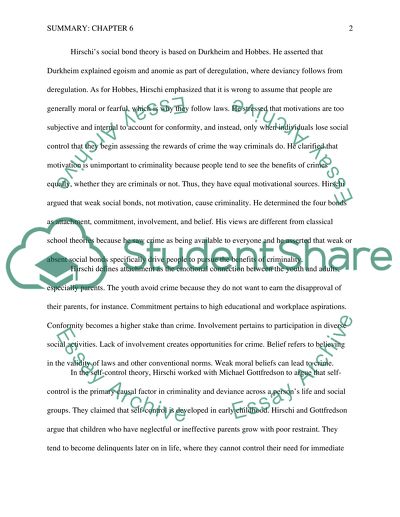Summary for Criminal Justice class chapter 6 Essay. Retrieved from https://studentshare.org/sociology/1616892-summary-for-criminal-justice-class-chapter-6
Summary for Criminal Justice Class Chapter 6 Essay. https://studentshare.org/sociology/1616892-summary-for-criminal-justice-class-chapter-6.


